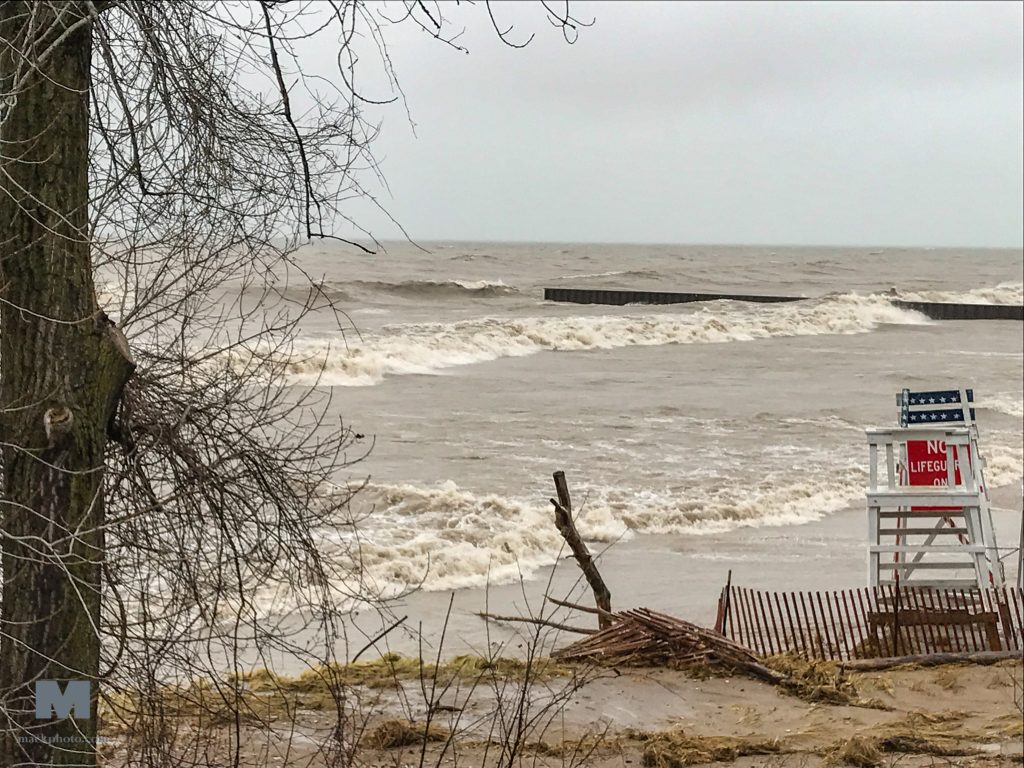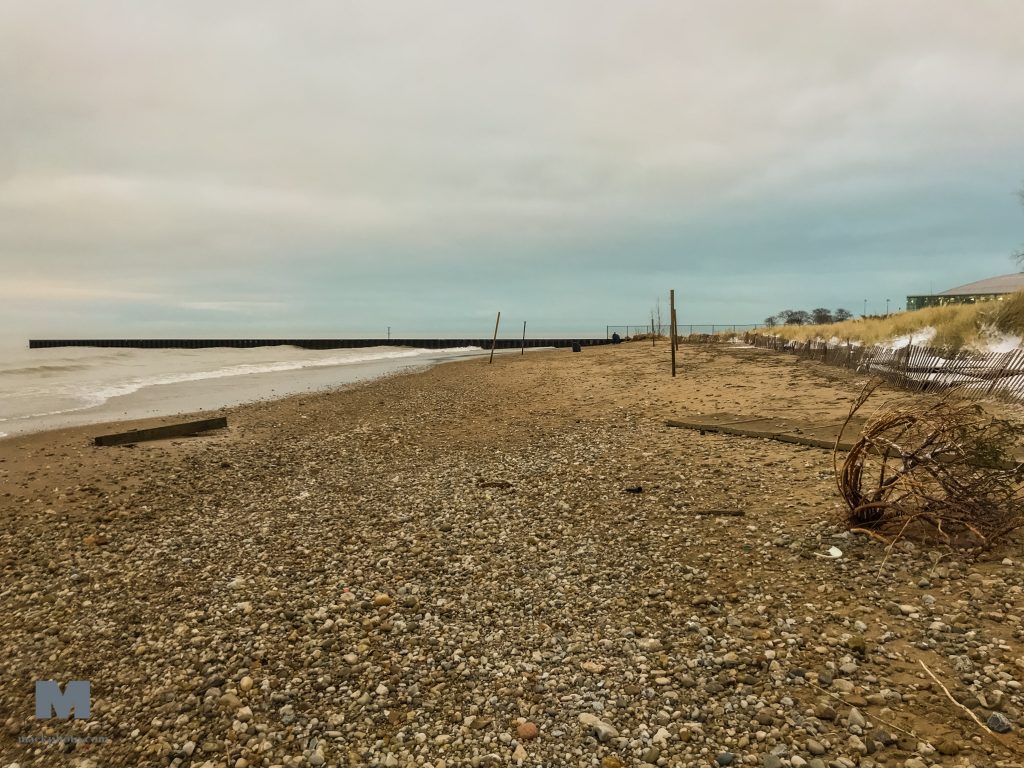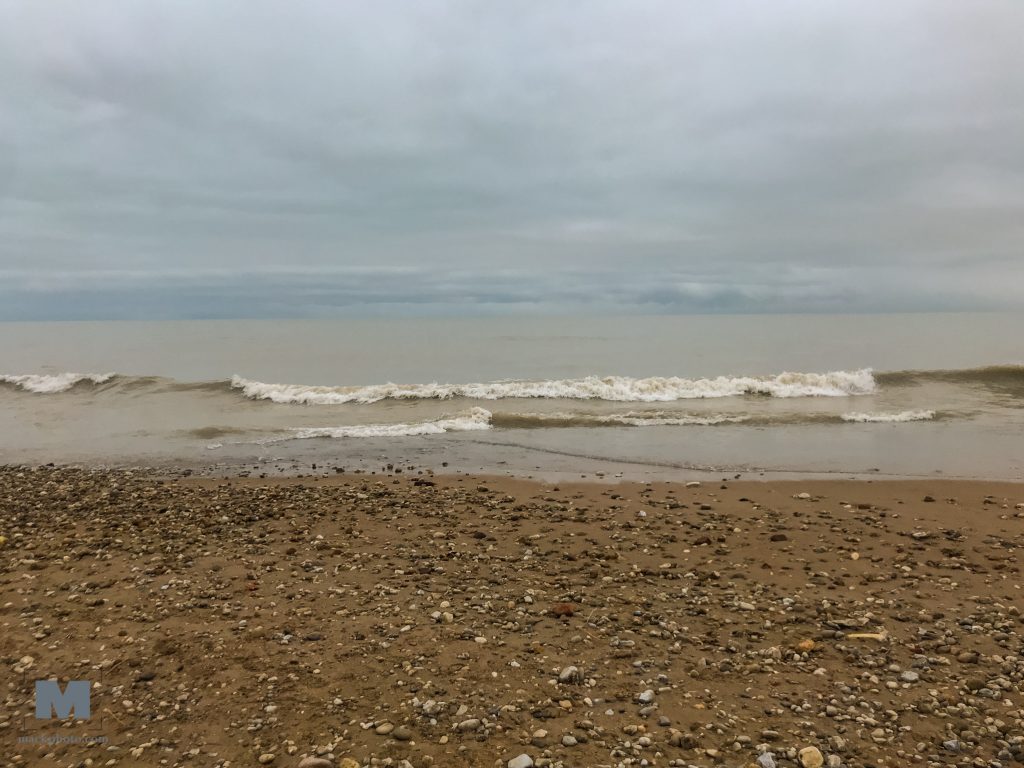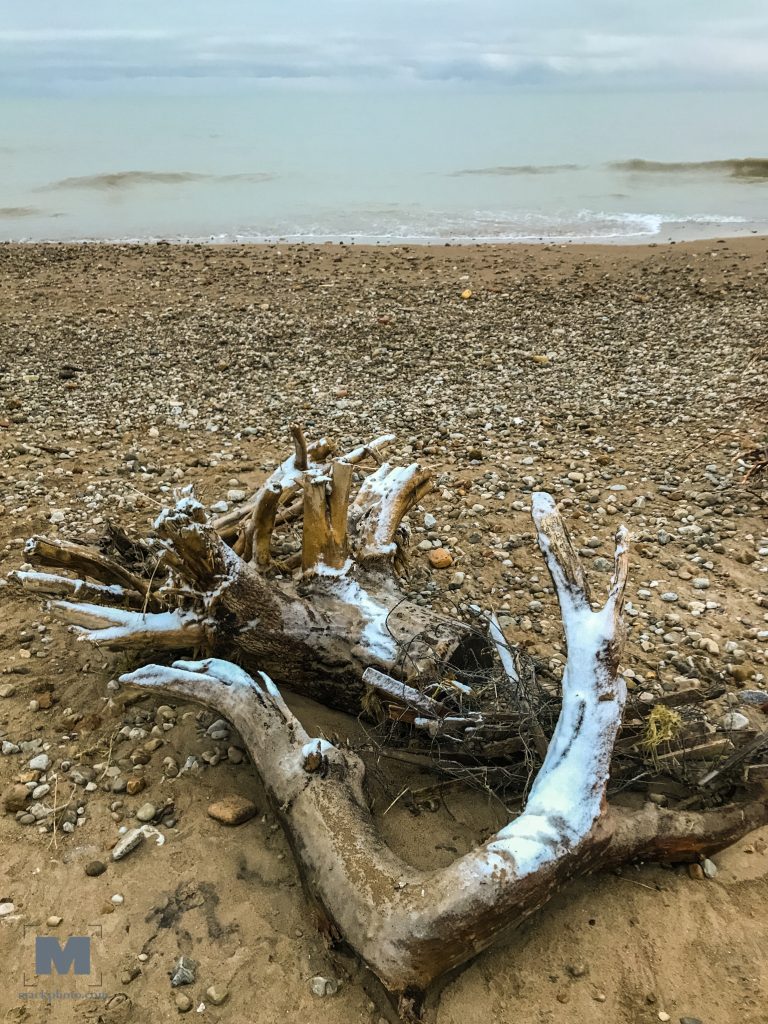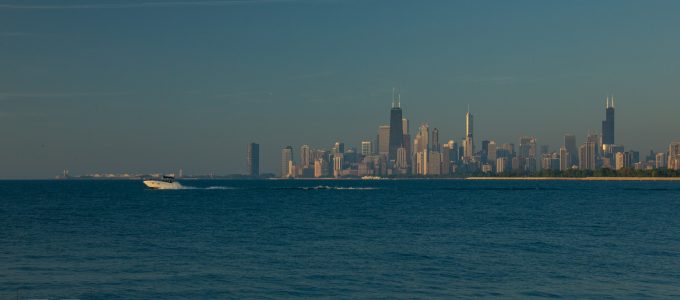While we are still filming and editing the documentary The Sweetwater Seas – North America’s Great Lakes, we were asked by the Lighthouse Park District in Evanston to produce a short introductory film about the Grosse Point Lighthouse.
Because we live in Evanston and grew up on Lighthouse Beach, we were delighted to take on this project and help people know this amazing National Landmark. In these times of Covid-19, the Grosse Point Lighthouse has been closed to visitors, as is the case with all lighthouses on the Great Lakes. This film will inform people about the history of the lighthouse, show you portions of its interior and aerial views that not even the visitors get to enjoy.
Don Terras, the Director of Lighthouse Park District, gives us a great history of why it was built at Grosse Point, what the lighthouse keepers did and more.
Because we are just one mile from the landmark, Grosse Point Lighthouse and its adjacent beach has been one of the locations we have used extensively for filming, from shooting the weather in every season, sunsets, moonrises and more, to testing equipment.
We hope you enjoy this short film about the Grosse Point Lighthouse.
Cheers,
Richard
